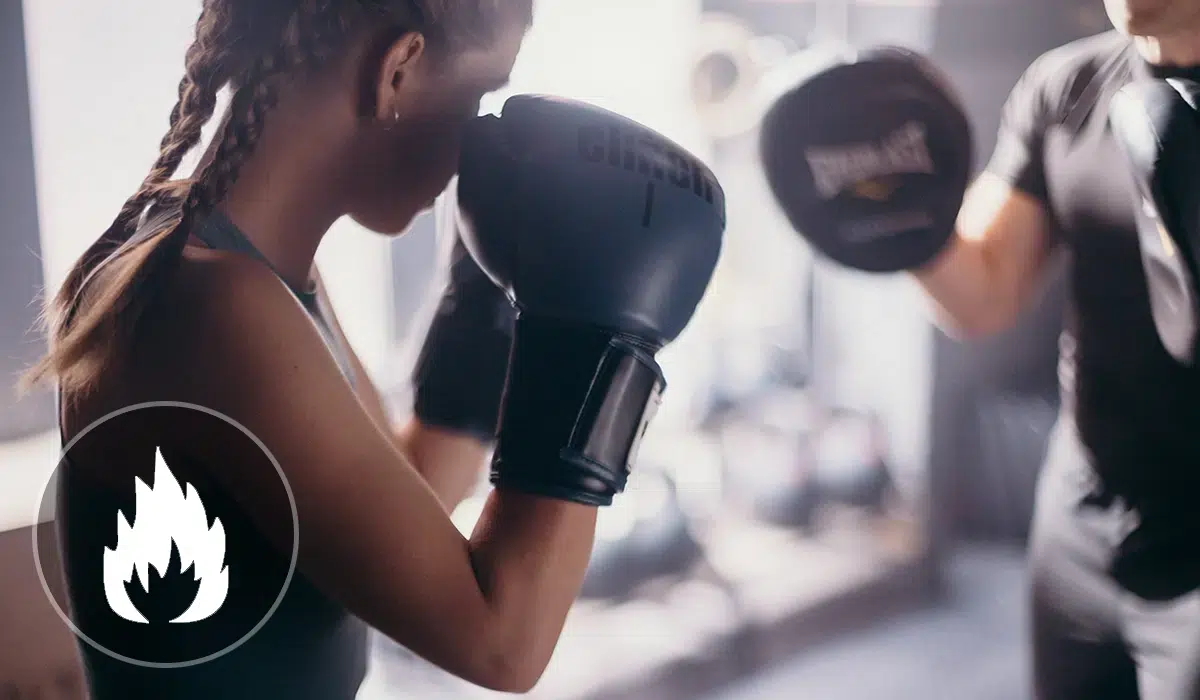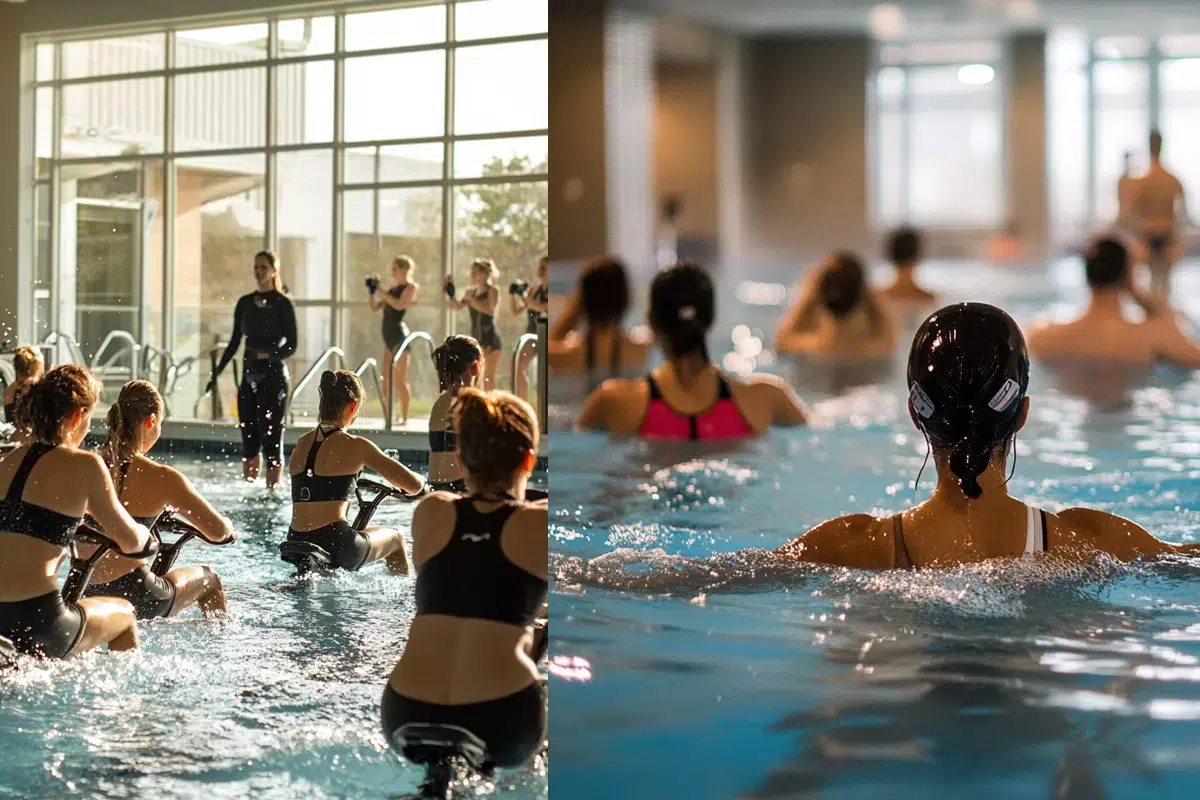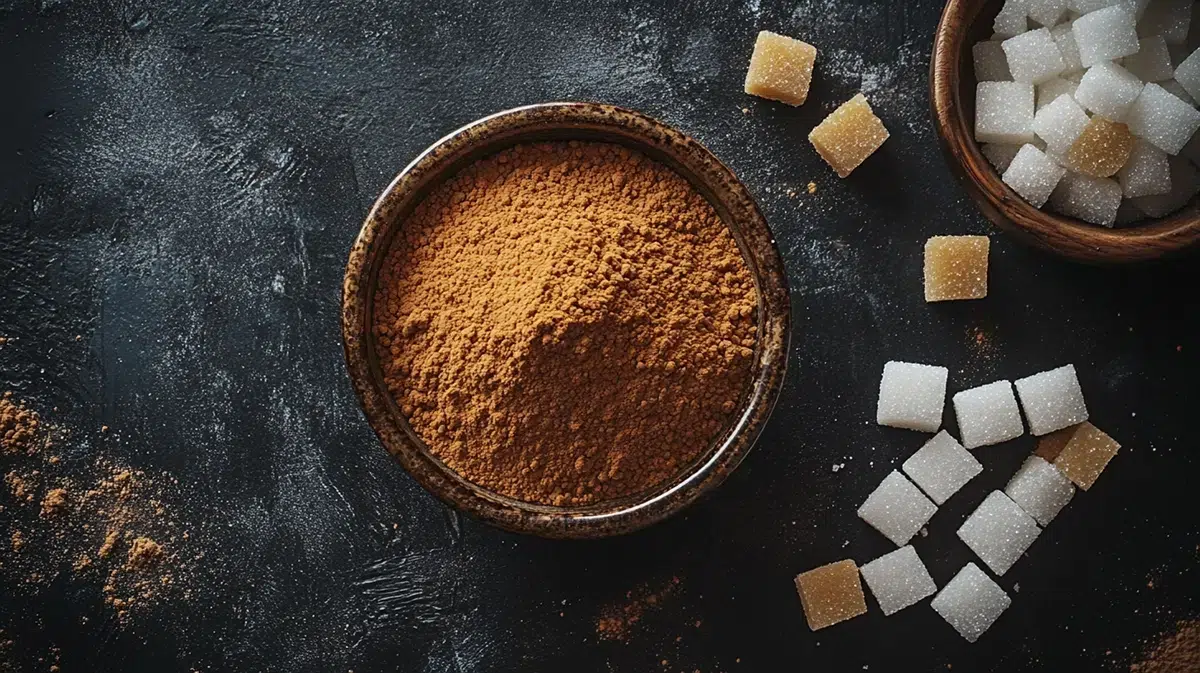Show summary Hide summary
MET value: Definition and explanation

The MET (Metabolic Equivalent of Task) is a unit of measure of the intensity of an exercise.
1 MET is equal to the resting metabolic rate and is defined as the energy expended by a person at rest (sitting quietly).
Below, the calorie expenditure calculator for each sport is based on the MET value and it gives you an idea of the amount of energy burnt in each sport, over a given time and according to your weight.
Discover Other REGIVIA Calculators
Using MET values for measuring physical activity

MET values: How to measure the intensity of your physical activity
MET (Metabolic Equivalent of Task) is a unit of measurement used to estimate the amount of energy used by the body during physical activity, compared with the metabolism at rest. This unit is standardised so that it can be applied to people of different body weights and used to compare different physical activities. METs can be expressed in terms of oxygen consumption or kilocalories.
Each sport or physical activity is assigned a MET value, which makes it possible toassess its energy expenditure. As a reference, an average person at rest or sitting in a chair expends 1 MET, which is equivalent to 3.5 ml of oxygen/kg/min or 1 kcal/kg of body weight/h.
MET values: Comparing sports by level of intensity
Using METs, you can compare the effort required for different physical activities. If you perform an activity at 2 METs, this means that you consume twice as many calories as you would at rest. The number of calories burned also depends on your weight. The heavier you are, the more calories you burn.
Also, the harder your body works during a given activity, the more oxygen you consume and the higher your MET level:
- Less than 3 METs: low-intensity physical activity
- 3 to 6 METs: moderate intensity physical activity
- 6 to 9 METs: high-intensity physical activity
- More than 9 METs: very high-intensity physical activity
Low intensity exercise
Low-intensity physical activity corresponds to less than 3 METs. The level of effort is minimal: no breathlessness and no sweating.
Examples of low-intensity physical activities: walking at a slow pace (<4 km/h), gardening, playing billiards, walking the dog, driving the car, getting dressed or eating.
Moderate intensity exercise
Moderate-intensity physical activity, with an energy expenditure of between 3 and 6 METs, is a level of physical effort that is active but not tiring. Your level of physical activity is moderate if you are moving, sweating slightly and breathing harder than usual, while still being able to carry on a normal conversation.
Some examples of moderate physical activity: walking (4 to 6.5 km/h), running (<8 km/h), cycling (15 km/h), gentle gymnastics, table tennis, recreational badminton or climbing the stairs at low speed.
High intensity exercise
High-intensity physical activity corresponds to a calorie expenditure of between 6 and 9 METs. During high-intensity physical activity, you sweat profusely and breathe heavily. Maintaining a conversation is difficult, as you can only say a few words between breaths.
Some examples of high-intensity physical activity: walking (>6.5 km/h or on a slope), running (8 to 9 km/h), cycling (20 km/h), basketball, competitive football, judo or karate, but also in everyday activities: climbing stairs quickly or moving heavy loads.
Extremely high intensity exercise
Very high-intensity physical activity burns more than 9 METs. During very intense physical activity, you sweat a lot, breathe heavily and use more oxygen. Conversation is impossible.
Some examples of very high-intensity physical activity: running (9 to 18 km/h), cycling (>25 km/h), skipping, squash, water polo and handball.








